The history of summer houses goes far back in time. They are traditionally used as a place for relaxation during the hot summer, and the archetypical image in Western society is of a small cottage.
In some cases, however, these structures took a rather different shape and were built much larger, often serving as a second home; the upper class often takes these houses to the next level, designing them as unique and opulent status symbols.
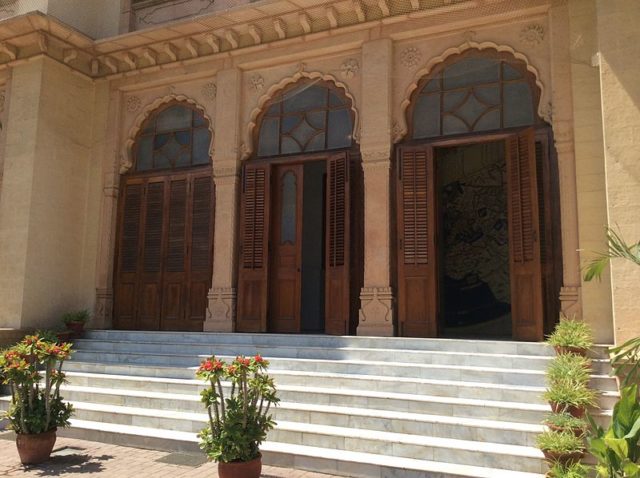
Such is the Mohatta Palace. Standing in Karachi in Pakistan, this house was built with luxury in mind. It belonged to a businessman by the name of Shivratan Chandraratan Mohatta who did his business in Rajasthan, “The Land of Kings,” in India. He built this house in 1927 to serve as his summer home.
The man behind the design was Agha Ahmed Hussain. In the tradition of building palaces in India, Mohatta Palace was built using Jodhpur stone that is fairly pink in colour as well as a yellow stone that was quarried in Gizri. Such a combination of stone is what gives this palace situated on its 1,720 square meters of land its distinctive look.
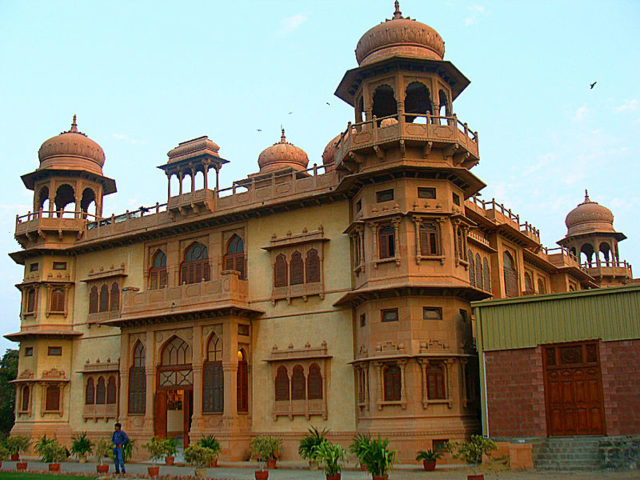
The facade itself includes a number of balconies and domes – nine in total, brackets made of stone, and the interior features include balustrades done with handmade floral ornaments. The windows themselves are made with much attention to detail, and those on the front side of the facade are made of blue glass, while those in the back of the palace feature stained glass.
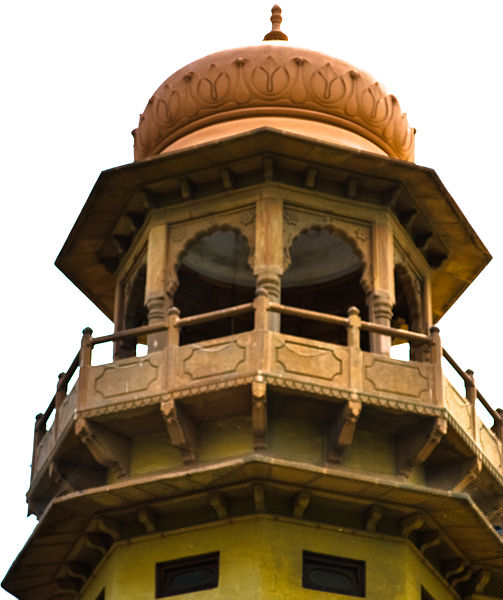
Furthermore, the palace was designed so that it provided entertainment as well as peace and tranquillity. The first floor was used for the former and the second floor for the latter. The interior is filled with long corridors and handcrafted staircases, and a terrace that is solely dedicated to Lord Shiva, the Hindu God.
But inside the house, there is a separate room where the pool is located. The room is equipped with a ventilation system, and some researchers believe that the house even had a water system for cold and hot water that was attached to the pool.
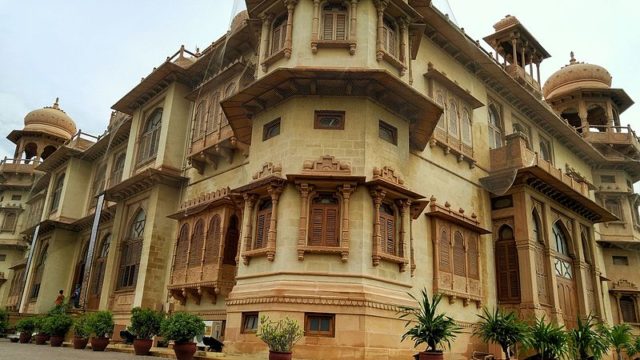
But the story behind its construction goes even deeper and it involves an undying love, the likes of which was also seen in the story of Taj Mahal. The difference between the two is in one small detail – Shah Jehan built Taj Mahal in memory of his wife following her death whereas Shivratan Chandraratan Mohatta built his palace so that his wife would not die.
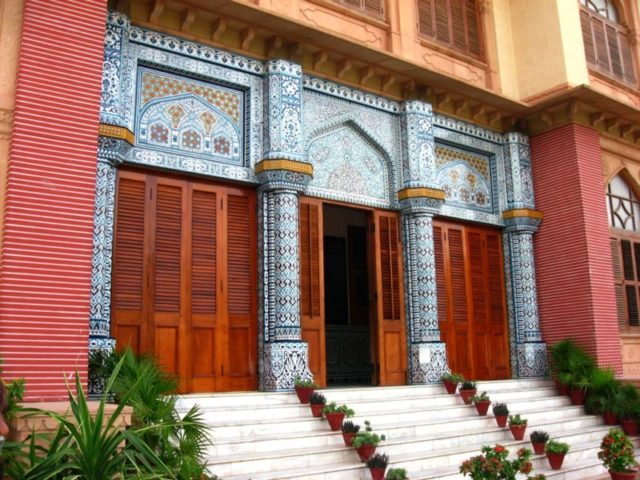
She was suffering from some illness that according to the doctors back then, only fresh sea air could help her. This is why Mohatta chose the neighbourhood of Clifton.
Another interesting story about this palace is, according to liverostrum.com, is that beneath “…Mohatta Palace is the haunted secret underground tunnel that leads from the grounds of the palace all the way to a subterranean Hindu temple less than a kilometre away.” Apparently, the tunnel was used so that the ill wife of Shivratan could easily reach the temple.
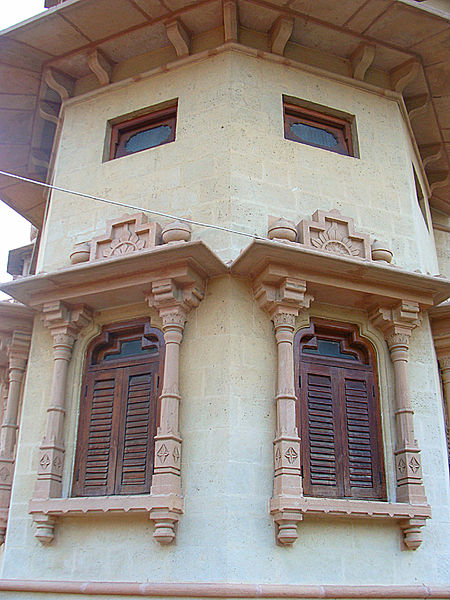
Shivratan Chandraratan Mohatta used the palace for 20 years before the Pakistan Movement happened. For this reason, Shivratan left and moved to India. According to dawn.com, “Mr Mohatta and his family members never visited Karachi or for that matter any other city of Pakistan again.”
The palace then went to the sister of lawyer and politician Muhammad Ali Jinnah, Fatima Jinnah. It was 1964 when she moved in. After her death, Shireen Jinnah her sister used the house for many years. When she passed away in 1980, the house was sealed.
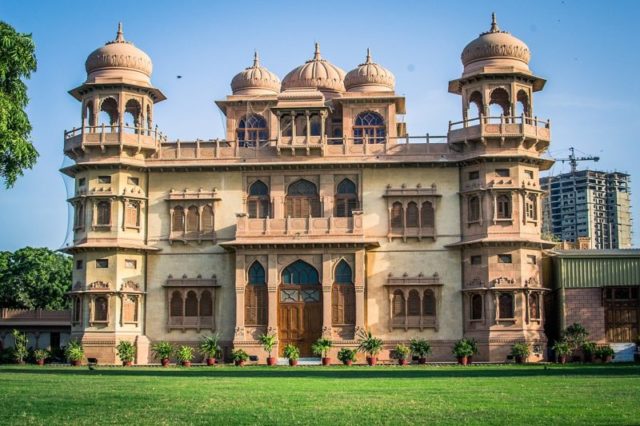
And it remained closed until 1995 when it was opened as a museum. To this very day, the palace stands testament to a story about how far a man is prepared to go just to save the life of his wife.
